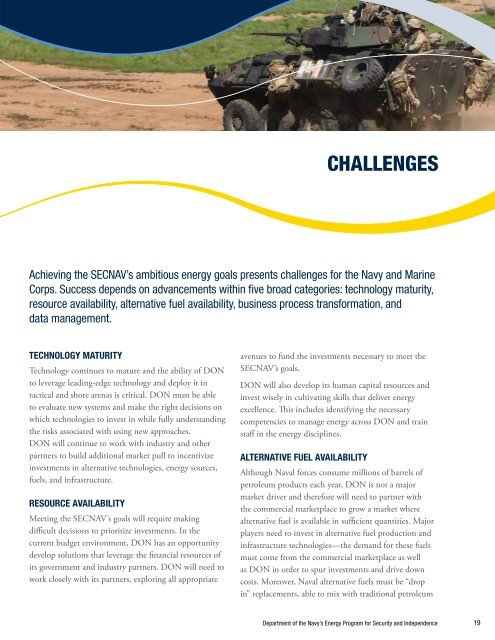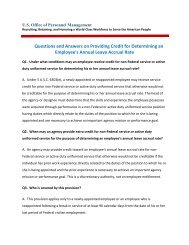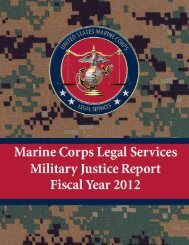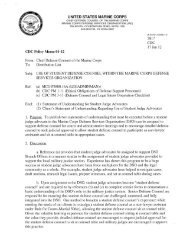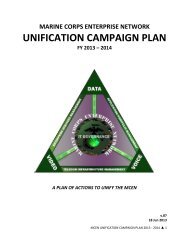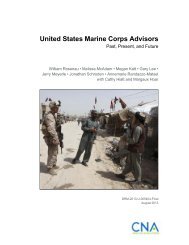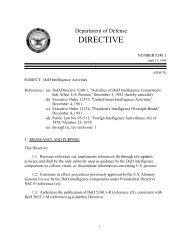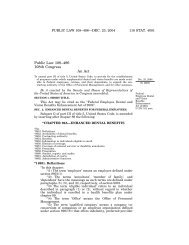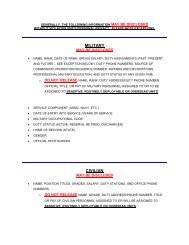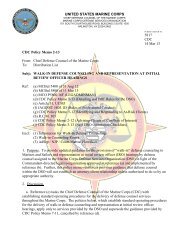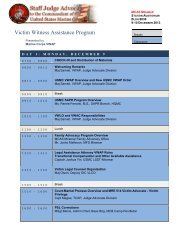Naval Energy Strategic Roadmap - US Department of the Navy ...
Naval Energy Strategic Roadmap - US Department of the Navy ...
Naval Energy Strategic Roadmap - US Department of the Navy ...
Create successful ePaper yourself
Turn your PDF publications into a flip-book with our unique Google optimized e-Paper software.
Challenges<br />
Achieving <strong>the</strong> SECNAV’s ambitious energy goals presents challenges for <strong>the</strong> <strong>Navy</strong> and Marine<br />
Corps. Success depends on advancements within five broad categories: technology maturity,<br />
resource availability, alternative fuel availability, business process transformation, and<br />
data management.<br />
TECHNOLOGY MATURITY<br />
Technology continues to mature and <strong>the</strong> ability <strong>of</strong> DON<br />
to leverage leading-edge technology and deploy it in<br />
tactical and shore arenas is critical. DON must be able<br />
to evaluate new systems and make <strong>the</strong> right decisions on<br />
which technologies to invest in while fully understanding<br />
<strong>the</strong> risks associated with using new approaches.<br />
DON will continue to work with industry and o<strong>the</strong>r<br />
partners to build additional market pull to incentivize<br />
investments in alternative technologies, energy sources,<br />
fuels, and infrastructure.<br />
RESOURCE AVAILABILITY<br />
Meeting <strong>the</strong> SECNAV’s goals will require making<br />
difficult decisions to prioritize investments. In <strong>the</strong><br />
current budget environment, DON has an opportunity<br />
develop solutions that leverage <strong>the</strong> financial resources <strong>of</strong><br />
its government and industry partners. DON will need to<br />
work closely with its partners, exploring all appropriate<br />
avenues to fund <strong>the</strong> investments necessary to meet <strong>the</strong><br />
SECNAV’s goals.<br />
DON will also develop its human capital resources and<br />
invest wisely in cultivating skills that deliver energy<br />
excellence. This includes identifying <strong>the</strong> necessary<br />
competencies to manage energy across DON and train<br />
staff in <strong>the</strong> energy disciplines.<br />
ALTERNATIVE FUEL AVAILABILITY<br />
Although <strong>Naval</strong> forces consume millions <strong>of</strong> barrels <strong>of</strong><br />
petroleum products each year, DON is not a major<br />
market driver and <strong>the</strong>refore will need to partner with<br />
<strong>the</strong> commercial marketplace to grow a market where<br />
alternative fuel is available in sufficient quantities. Major<br />
players need to invest in alternative fuel production and<br />
infrastructure technologies—<strong>the</strong> demand for <strong>the</strong>se fuels<br />
must come from <strong>the</strong> commercial marketplace as well<br />
as DON in order to spur investments and drive down<br />
costs. Moreover, <strong>Naval</strong> alternative fuels must be “drop<br />
in” replacements, able to mix with traditional petroleum<br />
<strong>Department</strong> <strong>of</strong> <strong>the</strong> <strong>Navy</strong>’s <strong>Energy</strong> Program for Security and Independence<br />
19


